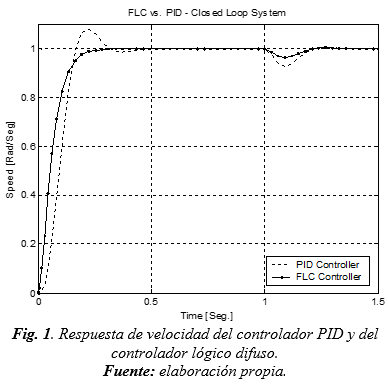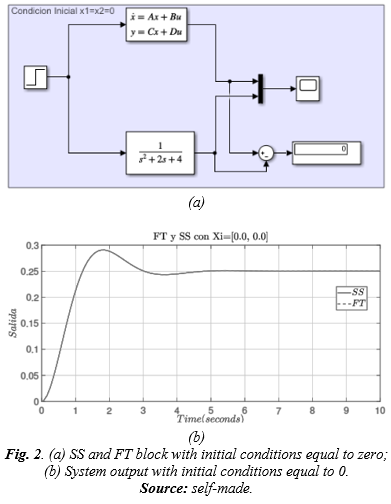Style Guidelines
The text - including quotes, footnotes, tables, figure captions, and bibliographic references - must be typed with clarity and neatness, using Times New Roman font, 10 points, single spacing, in a single column. The title in Spanish and English should be centered, with authors and their respective scientific degrees, and author affiliations (bold for the institution of origin). Then, include the summary, abstract, and finally, keywords in Spanish and English (Keywords), all justified.
The rest of the body of the work should be in double columns (with columns of equal width of 7.3 cm and spacing of 1.39 cm), single spaced, on letter-sized pages - 21.5 x 28 cm - with left and right margins of 2.8 cm, and top and bottom margins of 2.5 cm and 2.4 cm respectively.

Articles must have a minimum of 4 pages and a maximum of 8 pages; except for review articles that can have up to 12 pages. All pages must be numbered consecutively in the footer, centered, using Times New Roman 10 regular font.
Figures
All graphic material must be directly referenced in the text or in parentheses, for example, "(see Fig. 1)". This material must be presented independently, numbered consecutively (Fig. 1, Fig. 2, etc.), providing the title and corresponding source.

Graphics should be created and saved using programs that support formats such as PostScript (PS), Encapsulated PostScript (.EPS), TIFF (.TIFF), PDF (.PDF), JPEG, and PNG (.PNG). Consider the programs' ability to adjust size and resolution. The responsibility for obtaining publication authorization lies with the article's author.
Subfigure Labels
Labels should appear centered below each subfigure in Times New Roman font, size 8, in the format of (a), (b), (c).

Tables
When referring to tables within the article, do not abbreviate "Table." Tables should be numbered. Titles should be centered at the top, size 8, in italics and underlined.

The content of the table should be in font size 8.
Equations
Number equations consecutively with equation numbers in parentheses at the same level as the right margin of the column, as in (1). When referring to an equation in the text, use "(1)," not "Eq. (1)" or "equation (1)," except at the beginning of a sentence: "Equation (1) is used when...."

Titles
The document title should summarize the main idea and avoid unnecessary words that increase its length or confuse the reader. It should be concise.
Subtitles
Subtitles indicate the main subdivisions of the text and should guide the reader on the topics covered in the document. There should not be more than three levels of subtitles. They should accurately reflect the document's organization.

Footnotes and Citations
Footnotes should always be at the bottom of the page, serving to comment on, complement, or elaborate on important information in the text. Unless they are exact quotes from books or journals, they shouldn't be included in the bibliographic notes. Quotations of more than three lines or that need emphasis should be written in a separate paragraph, indented to the left. Quotes within the text should be in quotation marks.
References
The article must contain a minimum of 20 references. In the case of being a review article, the required minimum is 50 references.
Reference Criteria
We recommend that authors consider the following criteria when selecting bibliographic references:
- A maximum of 30% of references from Latin American sources.
- A minimum of 70% of references from international journals published outside Latin America.
- A minimum of 70% of references from the last five years.
- A maximum of 15% of references to monographs.
Citations within the text will be made using numbers within brackets, following the order of appearance in the document. For example: "As demonstrated in [3]", and "according to [4] and [6]–[9]". It is strongly recommended that when adding new references, they are cited in the sequential order in which they are introduced in the original text. This approach enhances coherence and comprehension for the reader, maintaining a logical and orderly structure in the presentation of bibliographic sources.
Please remember that maintaining a clear correlation between citations within the text and the reference list at the end of the document is essential to ensure the academic integrity and credibility of the research work.
To cite more than one source at a time, it is preferable to use separate brackets for each, for example, "as indicated by several studies [1], [3], [5]".
The citation format is defined by IEEE and should be prepared according to the following scheme:
Example Periodical publications using article numbers:
[1] JK Author, “Article Title,” Journal Title , vol. x, no. x, abbreviation. Month, year, art. No. xxxxx, doi: 10.1109.XXX.1234567.
Example Basic book format:
[2] JK Author, “Chapter Title,” in Book Title, x ed. City of the publisher (US state only), Country: Abbrev. of publisher, year, chap. x, sec. x , pp. xxx–xxx.
Example Basic format for conference proceedings:
[3] JK Author, “Article Title,” in Abbreviated Conf. Name , Conf. City, Abbrev. State (if indicated), country, year, pp. xxxxxx.
Example Basic format for electronic documents (when available online):
[4] Issuing organization. (year month day). Title . [Media type]. Available: site/path/file
Examples Basic format for theses (MS) and dissertations:
[5] JK Author, “Thesis Title,” master’s thesis, abbreviation. Department, Abbrev. Univ., City of Univ., Abbrev. State, year.
Example Basic formats for standards:
[6] Title of the Standard, Standard Number, Corporate Author, location, date.
[7] Title of the Standard, Standard Number, date.
Example Basic format for code:
[8] Author, Publication or Release Date, Year. "Complete Title, including ed./vers.#," distributed by Editor/Distributor, http://url.com (or if DOI is used, end with a period).
Annexes
Annexes are optional and can include additional data, program listings, nomenclature, symbols, and general information to complement the understanding of the work.










